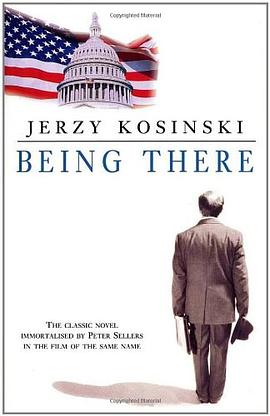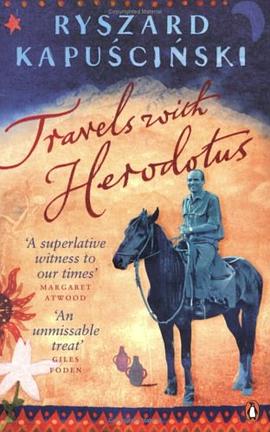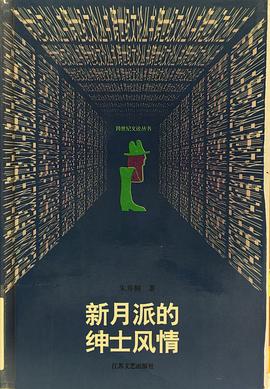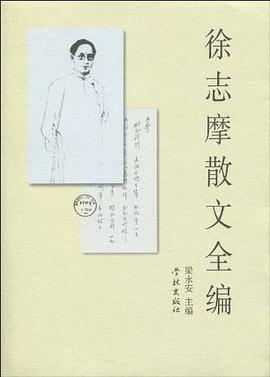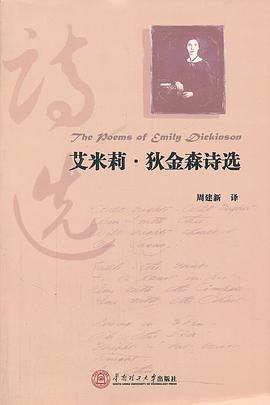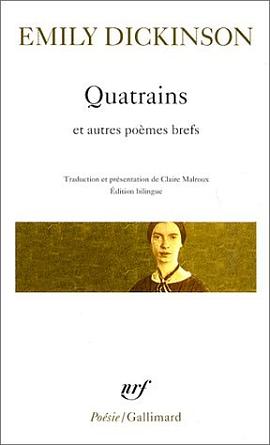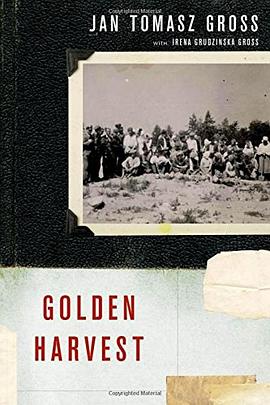

具体描述
It seems at first commonplace: a photograph of peasants at harvest time, after work well done, resting contentedly with their tools, behind the fruits of their labor. But when one finally notices that what seemed innocent on first view becomes horrific: the crops scattered in front of the group are skulls and bones. Where are we? Who are the people in the photograph, and what are they doing? The starting point of Jan Gross's A Golden Harvest, this haunting photograph in fact depicts a group of peasants--"diggers" atop a mountain of ashes at Treblinka, where some 800,000 Jews were gassed and cremated. The diggers are hoping to find gold and precious stones that Nazi executioners may have overlooked. The story captured in this grainy black-and-white photograph symbolizes the vast, continent-wide plunder of Jewish wealth. The seizure of Jewish assets during World War II occasionally generates widespread attention when Swiss banks are challenged to produce lists of dormant accounts, or national museums are forced to return stolen paintings. The theft of this wealth was not limited to conquering armies, leading banks, and museums, but to local populations such as those pictured in the photograph. Based upon a simple group shot, this moving book evokes the depth and range, as well as the intimacy, of the final solution.
作者简介
目录信息
读后感
评分
评分
评分
评分
用户评价
相关图书
本站所有内容均为互联网搜索引擎提供的公开搜索信息,本站不存储任何数据与内容,任何内容与数据均与本站无关,如有需要请联系相关搜索引擎包括但不限于百度,google,bing,sogou 等
© 2025 book.wenda123.org All Rights Reserved. 图书目录大全 版权所有

